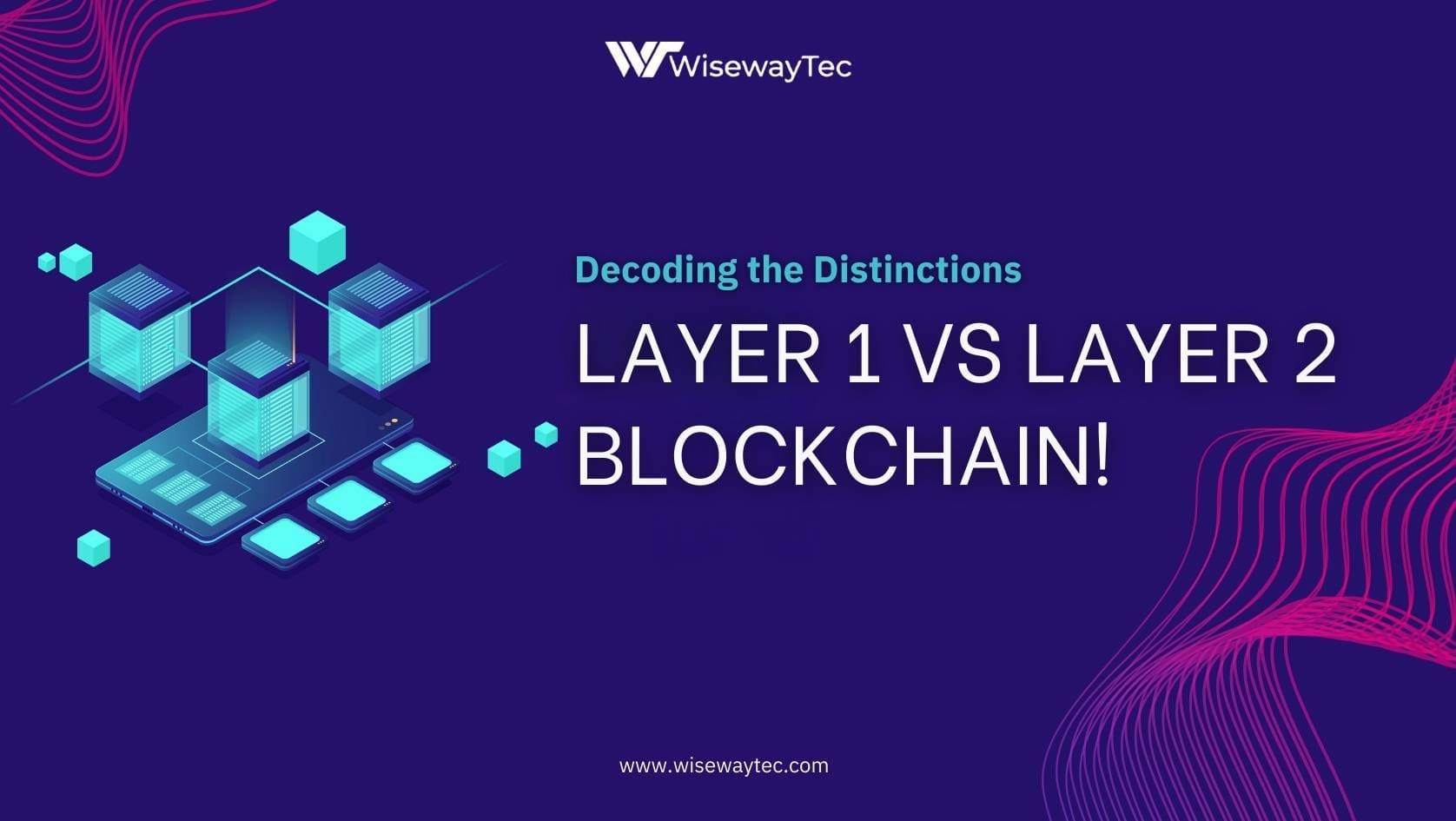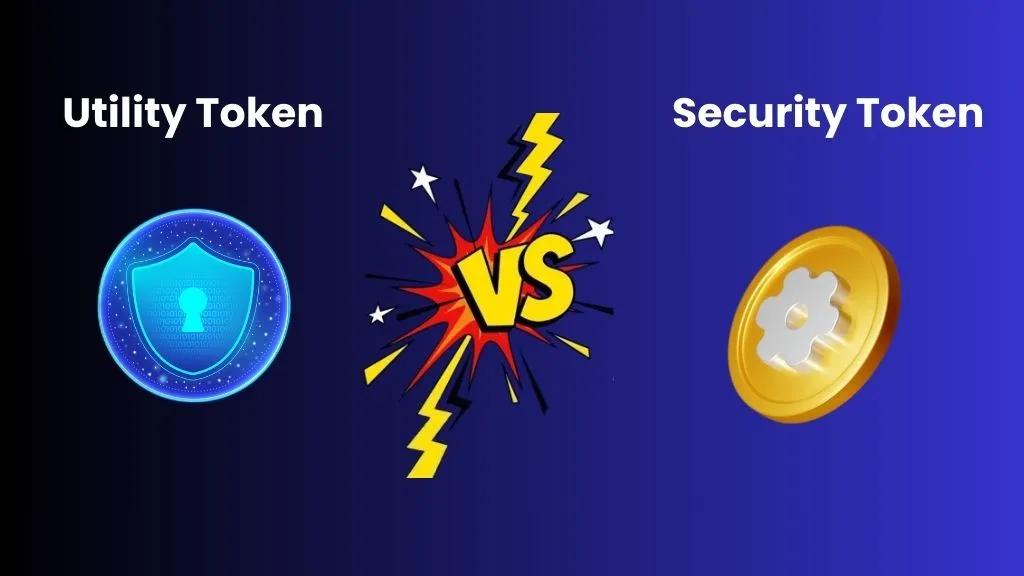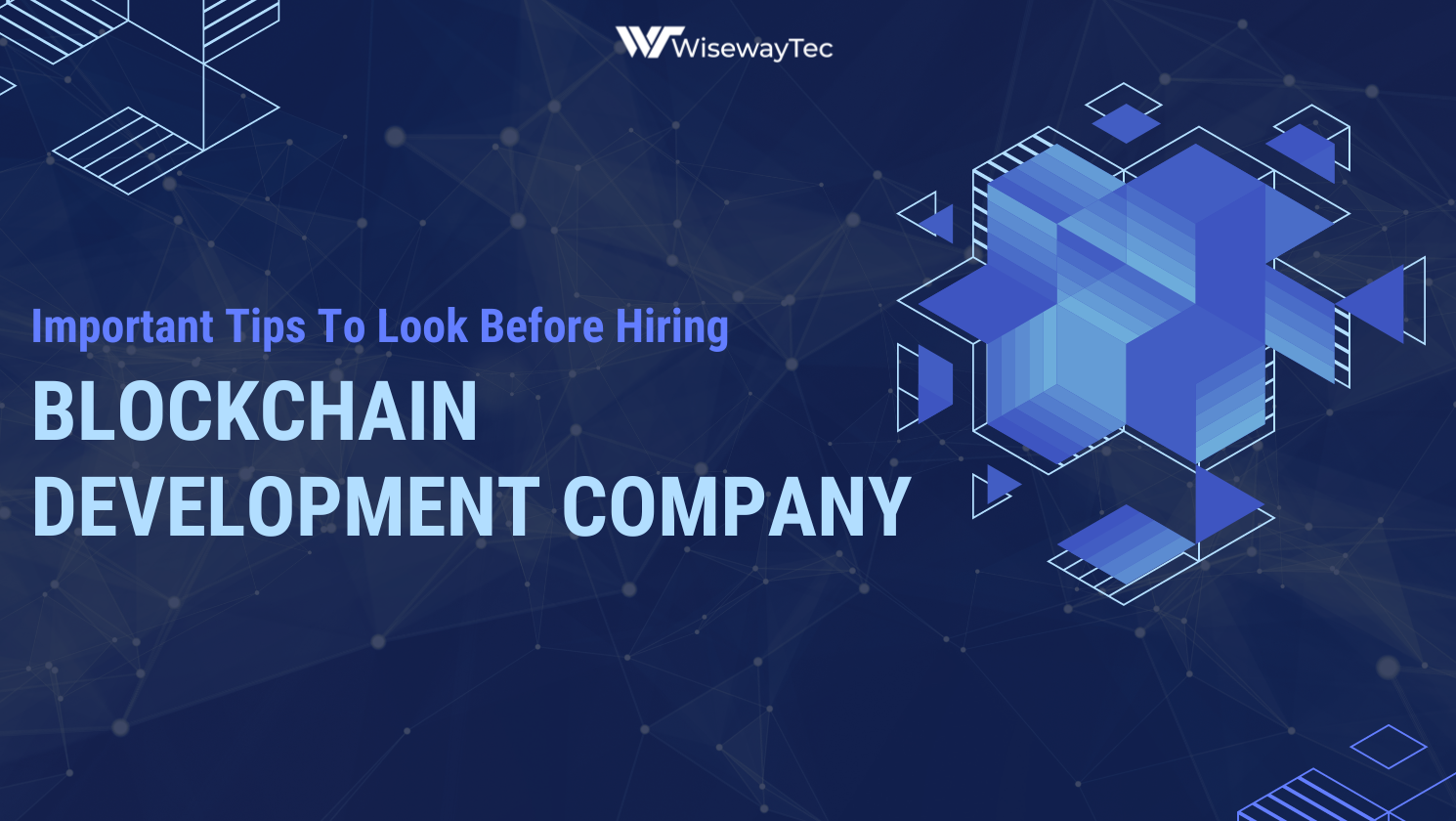One of the most revolutionary inventions of the twenty-first century, blockchain technology is changing the way we exchange information, conduct business, and preserve records. Fundamentally, blockchain is a distributed, decentralized ledger that securely and irrevocably records transactions via a network of computers. Due to its potential to upend a number of industries, including supply chain management, healthcare, and real estate, this technology has drawn a lot of interest.
The four main characteristics of blockchain technology are security, immutability, decentralization, and transparency. Layer 1 and 2 in the context of blockchain technology are two separate architectural levels that offer unique functionalities and capabilities. Let’s learn more about blockchain technology and compile some crucial information.
A Detailed Overview For Developers, Investors, and Blockchain Enthusiasts
It is essential knowledge for developers, investors, and blockchain aficionados to distinguish between layer 1 and layer 2 blockchains. Layer 1, sometimes referred to as the base layer, contains the actual blockchain protocol, together with its native coin, consensus method, and (if relevant) smart contract features. Blockchains at layer 1 include Cardano, Ethereum, and Bitcoin.
Conversely, layer 2 refers to solutions designed to solve scalability, speed, and cost challenges on top of layer 1 blockchains. Without changing the fundamental protocol, Layer 2 solutions aim to improve the underlying blockchain’s functionality and performance. Off-chain protocols that allow for quicker and more effective transaction processing, like state channels and sidechains, are frequently used in these systems.
It helps developers choose platforms and make architectural choices when creating blockchain-based or decentralized applications (dApps). Developers can use layer 2 solutions to improve scalability and performance, or they can use the power of layer 1 blockchains, depending on the needs of their project.
To assess the potential of blockchain projects and make wise investment decisions, investors must be aware of the distinctions between layer 1 and layer 2 blockchains. Investors can evaluate the long-term viability and scalability of blockchain platforms by distinguishing between protocols that function at the base layer and those that offer layer 2 scaling options.
Finally, understanding the subtle differences between layer 1 and layer 2 blockchains gives blockchain aficionados an important context for understanding how blockchain technology is developing. It makes it possible for fans to keep up with the most recent advancements, trends, and innovations in the industry and help further the blockchain ecosystem overall.
All About Layer 1 Blockchain: Characteristics, Features & Benefits
The term “layer 1 blockchain” describes the blockchain protocol layer that underpins digital assets, smart contracts, and decentralized applications (dApps). It includes the essential protocol rules, native coins, and consensus methods that make up the basic blockchain infrastructure. Layer 1 blockchains are the fundamental components of the decentralized ecosystem, offering the fundamental building blocks required for data storage and peer-to-peer transactions.
Features
Native Blockchain Protocols: The rules and functions of the network are established by the native protocols of Layer 1 blockchains. The peer-to-peer transaction protocol of Bitcoin and the smart contract execution protocol of Ethereum are two examples.
Consensus procedures: In order to reach a consensus among network users regarding the veracity of transactions and the ledger’s current state, Layer 1 blockchains need consensus mechanisms. Typical consensus methods are Proof of Stake (PoS), in which validators are chosen according to the quantity of bitcoin they possess, and Proof of Work (PoW), in which players compete to solve cryptographic challenges.
Native Cryptocurrencies: The native coin that functions as the network’s medium of exchange is usually unique to each layer 1 blockchain. For the Bitcoin blockchain, an example would be Bitcoin (BTC), and for the Ethereum blockchain, Ether (ETH).
Smart Contract Capabilities: Smart contracts are self-executing contracts with predetermined conditions encoded in code that are supported by certain layer 1 blockchain. Without middlemen, smart contracts allow for automatic and programmable transactions.
Advantages
Trustlessness and Immutability: Layer 1 blockchains function in a trustless environment in which cryptographic techniques are used to verify and record transactions on the blockchain. Data on the blockchain offers a visible and verifiable record of transactions and is immutable and tamper-resistant once recorded.
Security and Decentralization: Distributed consensus procedures are used by Layer 1 blockchains to validate transactions and preserve the ledger’s integrity. These features are given top priority. This makes the network more resilient to censorship and attacks by preventing any one party from controlling it.
Native Asset Support: By enabling users to move and store value directly on the blockchain without the need for middlemen, Layer 1 blockchains support native digital assets. Native asset support allows the development of decentralized financial apps and smooth peer-to-peer transactions.
All About Layer 2 Blockchain: Characteristics, Features & Benefits
A secondary protocol or framework constructed on top of an already-existing blockchain network, like Ethereum or Bitcoin, is referred to as a layer 2 blockchain. By processing transactions off-chain or over parallel networks, layer 2 solutions—as opposed to layer 1, which works directly on the primary blockchain—seek to improve the underlying blockchain’s scalability, speed, and functionality. In order to preserve the security and decentralization of the underlying network, layer 2 solutions are intended to ease congestion and lower transaction costs on layer 1 blockchains.
Features
Off-Chain Protocols:
To execute transactions outside of the primary blockchain, Layer 2 solutions frequently make use of off-chain protocols. The load on the main network is therefore lessened by regularly aggregating and settling these off-chain transactions on the main blockchain.
Scalability Solutions:
Compared to layer 1 blockchains, layer 2 solutions offer scalability solutions that allow a higher transaction throughput. The capacity of the underlying blockchain network can be greatly increased by layer 2 solutions by processing transactions off-chain or through sidechains.
Transaction Batching and Compression:
In order to minimize transaction overhead and maximize the utilization of network resources, Layer 2 solutions use techniques like transaction batching and compression. Users pay less as a result of quicker transaction processing times.
Decreased Latency and Fees:
The decrease in transaction latency and fees is one of the main advantages of layer 2 solutions. Layer 2 systems can provide near-instantaneous transaction finality and cheaper transaction costs compared to layer 1 blockchains by processing transactions off-chain or through parallel networks.
Advantages
Decreased Transaction Costs:
One of layer 2 blockchains’ main advantages is the decrease in transaction costs. Lower transaction costs for users are achieved by layer 2 solutions, which reduce the load on the primary blockchain by executing transactions off-chain or through sidechains.
Faster Transaction Processing:
In comparison to layer 1 blockchains, layer 2 blockchains provide for faster transaction processing times. Near-instantaneous transaction finality is made possible via off-chain transactions and parallel processing, which enhances overall transaction efficiency and offers a smooth user experience.
Enhanced Security and Privacy:
By utilizing privacy-preserving strategies like safe multi-party computing and zero-knowledge proofs, Layer 2 solutions can improve security and privacy. Sensitive transaction data is shielded from public view by extra levels of secrecy and confidentiality offered by off-chain transactions and sidechains.
Customized Solutions:
Layer 2 blockchains provide solutions that can be adjusted to meet certain use cases and corporate needs. Layer 2 solutions offer the adaptability and agility to satisfy your demands, whether you’re trying to streamline payment processing, enable scalable gaming platforms, or facilitate Decentralized Finance (DeFi) transactions.
Use Cases That You Must Know!
Use Cases with Layer 1 Blockchains |
Use Cases with Layer 2 Blockchains |
| Digital Currencies: Peer-to-peer payments, remittances, and value storage are among the digital currency use cases that suit Layer 1 blockchains, like Bitcoin and Litecoin. These blockchains offer a decentralized, safe environment for value transfers without the necessity of middlemen.
Decentralized Finance (DeFi): Applications for decentralized finance have become more prevalent thanks to Ethereum and other layer 1 blockchains that support smart contracts. Use cases include yield farming protocols, automated market makers (AMMs), decentralized exchanges (DEXs), and lending and borrowing platforms. Tokenization: Security tokens, non-fungible tokens (NFTs), and utility tokens are examples of tokenized assets that may be created and traded using Layer 1 blockchains. The ERC-20 and ERC-721 standards from Ethereum are widely used for blockchain token creation. Smart Contracts: A multitude of programmable applications and use cases are made possible by Layer 1 blockchains that support smart contracts development. These consist of supply chain tracking, decentralized identification solutions, automated escrow services, and decentralized autonomous organizations (DAOs). |
Micropayments: By permitting off-chain transactions with low costs and instantaneous settlement, Layer 2 blockchains—such as the Ethereum state channel and the Bitcoin Lightning Network—make micropayments possible. Use cases include pay-per-use services, content monetization, and game microtransactions.
Scalable Gaming Platforms: By handling transactions off-chain or via sidechains, Layer 2 technologies provide gaming platforms with scalability solutions. Use examples include decentralized gaming marketplaces, in-game asset trading, and scalable multiplayer games. Decentralized Exchanges (DEXs): By facilitating quick and inexpensive trading through off-chain order matching and settlement, Layer 2 solutions can improve the scalability and performance of DEXs. Decentralized derivatives markets, liquidity pooling, and high-frequency trading are examples of use cases. NFT markets: Layer 2 blockchains enable the development, trade, and exchange of digital collectibles, artwork, and game assets. They also offer scaling solutions for non-fungible token (NFT) markets. NFT marketplaces for virtual property, music, art, and in-game goods are examples of use cases. Payment Channels: Layer 2 blockchains provide bi-directional payments between parties for quick and inexpensive transactions. Examples of these payment channels are the Raiden Network and the Lightning Network. Recurring subscriptions, streaming payments, and rapid payments are examples of use cases. |
Emerging Trends in Layer 1 and Layer 2: Potential Impact on the Industry
Blockchain technology has a bright future ahead of it, with layer 1 and layer 2 solutions positioned to be key players in defining the sector. The following are some new developments in layer 1 and layer 2 blockchain development:
- Layer 1 Innovations: The goals of ongoing research and development are to improve layer 1 blockchains’ scalability, interoperability, and sustainability. The goal of innovations like rollups, sharding, and consensus algorithm enhancements is to solve scaling issues and enhance layer 1 network performance in general.
- Layer 2 Advancements: To meet certain use cases and scalability requirements, new protocols and technologies are being created at a quick pace in Layer 2 solutions. Developments in state channels, sidechains, and off-chain protocols are making transactions quicker, more economical, and more efficient. This creates new opportunities for decentralized applications and digital assets.
- Scalability Factor: By enabling blockchain networks to handle a higher volume of transactions, enhanced scalability and throughput provided by layer 1 and layer 2 solutions can open the door for widespread adoption in industries like digital identity, supply chain management, and payments.
- Decreased Costs and Friction: By offering layer 2 solutions with lower transaction costs and quicker confirmation times, blockchain technology can become more widely available to individuals and enterprises, thereby lowering transaction costs and fostering the development of new revenue streams and business models.
- Security and Privacy: By emphasizing privacy-enhancing technologies like safe multi-party computing and zero-knowledge proofs, Layer 2 solutions can improve security and privacy on the blockchain and boost confidence in decentralized apps and digital assets.
How WisewayTec Helps You with Blockchain Development?
Knowing the distinctions between layer 1 and layer 2 blockchains is essential for navigating the intricate and quickly shifting field of blockchain development as the technology behind it continues to improve.
Within the larger blockchain ecosystem, layer 1 and layer 2 blockchains each have specific yet complementary functions. We can open up new opportunities and promote good change across industries by utilizing the advantages of both layers and taking advantage of new trends and developments. At WisewayTec, we are aware of how blockchain technology has the power to change various industries, improve operational efficiency, and create new growth prospects. Our blockchain development company is dedicated to enabling organizations to make use of blockchain technology and effect real change.
1. Tailored Blockchain Solutions
Our team collaborates closely with you to fully grasp your particular requirements and obstacles before creating custom blockchain solutions that solve certain problems and open up new avenues. Whether you want to build decentralized apps, improve transparency and traceability, or optimize supply chain management, we have the knowledge and experience to provide solutions that are specifically tailored to your needs.
2. End-to-End Services
We provide end-to-end services to help you at every stage of your blockchain journey, from concept and design to development and implementation. Our all-encompassing strategy guarantees smooth integration with current systems and procedures, reducing interference and optimizing the effects of blockchain technology on your company.
3. Cutting-Edge Technology
We use state-of-the-art blockchain technology, such as smart contracts, decentralized finance (DeFi) protocols, and layer 1 and layer 2 solutions, to provide our clients with creative solutions that add value. Our ability to stay on the cutting edge of technology allows our clients to outperform the competition and take advantage of new opportunities in the quickly changing blockchain space.
4. Security and Compliance
In the realm of blockchain in fintech, security is crucial, and we take it very seriously. Strong security features are built into our systems to safeguard private information and guarantee adherence to industry rules and guidelines. You can be sure that your transactions and data are safe from tampering because of features like access control, authentication, and encryption that are integrated right in.
5. Ongoing Support and Maintenance
After deployment, our dedication to our clients continues. To guarantee that your blockchain solutions continue to operate at peak efficiency and adjust to shifting business needs, we offer continuous support and maintenance services. Our committed support staff is available to assist you with software updates, scalability improvements, and troubleshooting.






